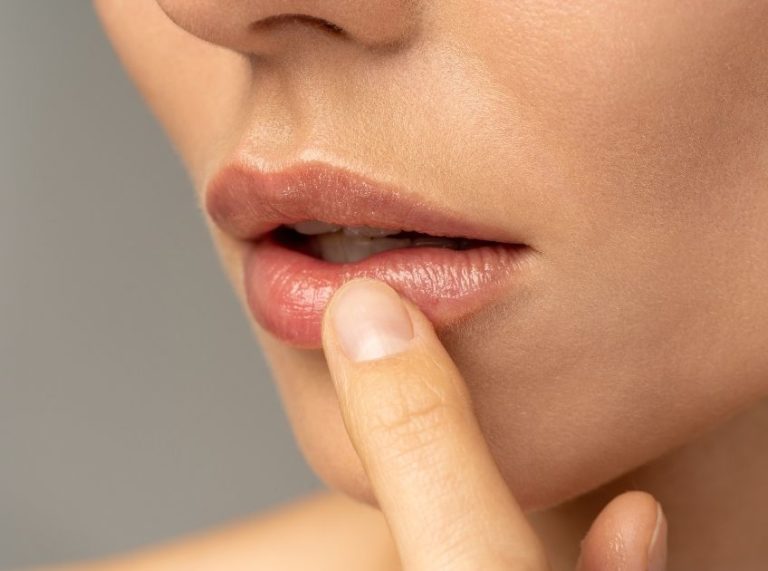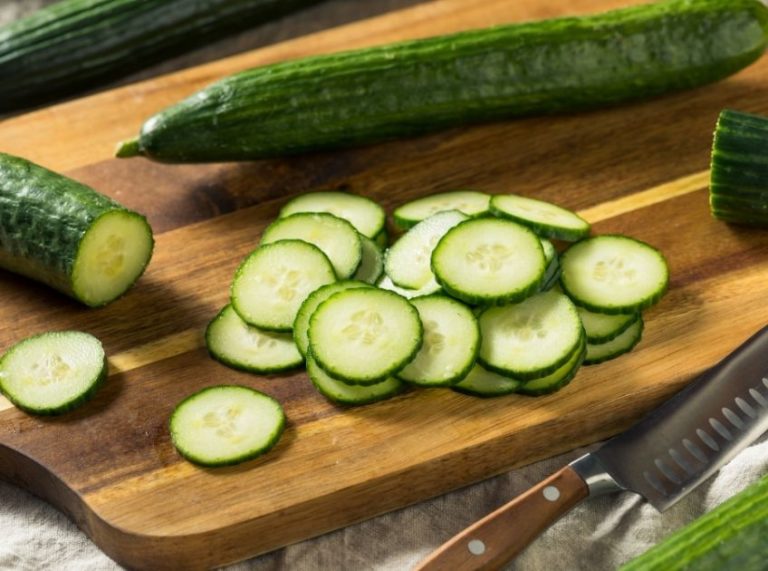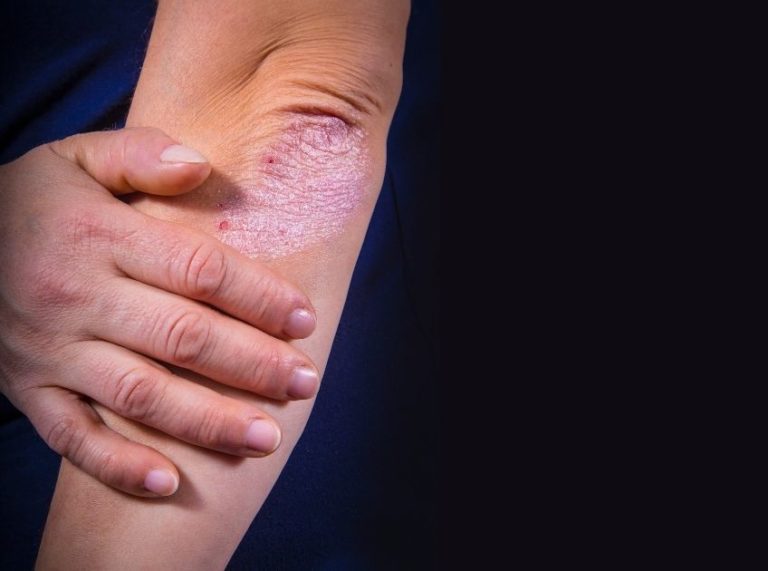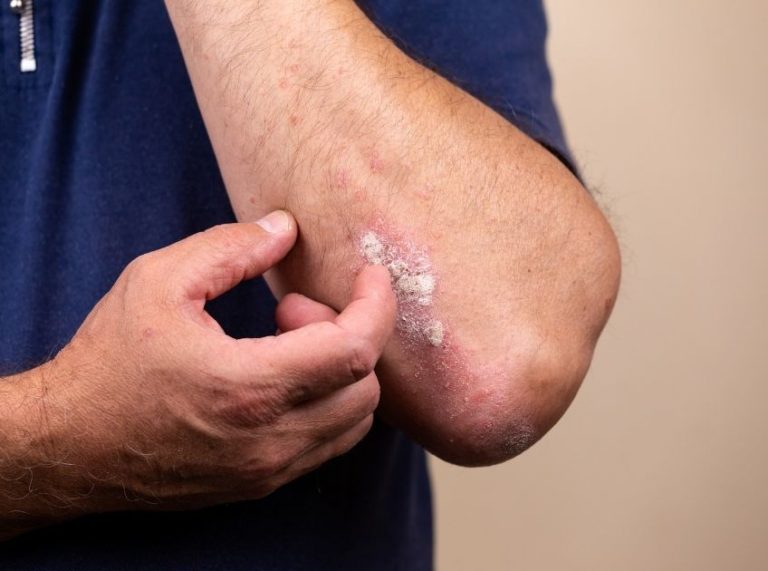
Important: This article is for informational purposes only. Please read our full disclaimer for more details.
Foot pain is one of the most common discomforts people experience today. Whether it’s caused by wearing tight shoes, long hours standing, intense workouts, or simply daily chores, sore feet can affect your mobility and overall mood. The good news is that you do not need expensive spa treatments or medical procedures to feel relief. Several simple, effective home remedies can calm soreness, reduce inflammation, and restore comfort. Below are 10 expert-approved natural ways to pamper your feet at home.
10 Soothing Home Remedies for Tired and Sore Feet
1. Warm Epsom Salt Soak
A warm Epsom salt soak is a classic and effective remedy for foot aches. Epsom salt contains magnesium sulfate, which may help relax muscles, reduce swelling, and ease pain.
How to Use:
Fill a tub or bucket with warm water and add 2 tablespoons of Epsom salt. Stir well and soak your feet for 15 to 20 minutes. Pat dry and follow up with a nourishing moisturizer to avoid dryness.
Tip: Use this remedy 2 to 3 times a week for best results.
2. Essential Oil Foot Massage
Massaging your feet increases blood circulation, improves muscle relaxation, and reduces tension. Adding essential oils enhances the benefits by providing soothing and anti-inflammatory effects.
Suitable oils:
- Lavender (relaxing), peppermint (cooling), eucalyptus (anti-inflammatory), or tea tree oil (antimicrobial).
- Always dilute with coconut or olive oil before use.
How to Use:
- Mix 3–4 drops of essential oil with 1 tablespoon of carrier oil. Gently massage the feet, focusing on the arches, heels, and toes for 10–15 minutes.
Tip: Perform this before bedtime for improved relaxation and better sleep.
3. Frozen Water Bottle Roll
This easy remedy acts like an at-home physical therapy tool. Cold therapy reduces inflammation, while the rolling motion works like a deep tissue massage, especially beneficial for heel pain, arch discomfort, and plantar fasciitis.
How to Use:
- Freeze a plastic bottle of water. Place it under your foot and gently roll from heel to toe for 10 minutes. Repeat 2–3 times a day if needed.
4. Apple Cider Vinegar Foot Bath
Apple cider vinegar helps reduce foot swelling and may help soothe minor pains due to its anti-inflammatory and antimicrobial properties.
How to Use:
- Add 1 cup of ACV to a tub of warm water and soak your feet for 10–15 minutes. Rinse and dry thoroughly.
Tip: Add a few drops of essential oils if the smell of vinegar is strong for you.
5. Stretching Exercises
Many foot aches are caused by tight muscles and ligaments. Gentle stretching eases tension, increases flexibility, and reduces future strain. This is especially useful if you have plantar fasciitis, calf stiffness, or pain from long hours of standing.
Effective Stretches:
- Toe stretch: Bend your toes backward gently for 20 seconds.
- Calf stretch: Place your hands on the wall, step one leg behind, and stretch the calf for 20–30 seconds.
- Ankle rotations: Rotate each ankle 10–15 times clockwise and anticlockwise.
- For best results, do these daily.
6. Foot Elevation Technique
Swelling often worsens foot pain. Elevating your feet helps reduce fluid buildup and pressure.
How to Do:
- Lie flat and place pillows under your feet so they are raised above heart level. Stay in this position for 15–20 minutes.
Tip: Doing this after a long day can significantly reduce heaviness and pressure in the feet.
7. Ice Pack Therapy
Cold therapy is one of the most effective ways to reduce inflammation, swelling, and throbbing pain in the feet.
How to do:
- Wrap ice cubes or a cold gel pack in a soft cloth and apply to the sore area for 10–15 minutes. Do not apply ice directly to the skin to avoid irritation or frostbite.
Tip: Use ice therapy within the first 24 hours of a strain or injury.
8. Herbal Foot Soak with Green Tea or Chamomile
Both green tea and chamomile have natural anti-inflammatory, antibacterial, and soothing properties. These soaks can calm aching feet, soften skin, and offer a relaxing spa-like experience.
How to Use:
- Boil 4–5 tea bags of green tea or chamomile tea in water. Let it cool slightly and soak your feet for 20 minutes.
Tip: Chamomile is especially effective if stress is contributing to muscle tension.
9. Baking Soda Foot Bath
Baking soda works well for sore feet, especially if odor, mild infections, or skin irritation are present. It helps relax muscles and soften the skin.
How to Use:
- Mix 2–3 tablespoons of baking soda in warm water and soak your feet for 15 minutes.
Optional: Add a teaspoon of coconut oil for added moisturizing benefits.
10. Proper Footwear and Insoles
Often, the source of foot pain is improper footwear. Shoes that lack cushioning and arch support can strain muscles and joints, leading to discomfort.
Recommendations:
- Choose shoes with arch support and cushioning.
- Avoid high heels or pointed toes for daily wear.
- Use gel or orthopedic insoles if you stand for long hours.
Tip: Replace worn-out shoes every 6–10 months.
Red Flags: When Foot Pain Needs a Doctor
Seek professional help if you experience:
- Intense or sharp pain that persists for more than 48 hours.
- Ongoing swelling or redness despite home treatment.
- Visible signs of infection (pus, warmth, fever, open wounds).
- Numbness, tingling, or burning sensation in the feet.
- Pain after a fall, sprain, or injury.
- Persistent heel pain (possible plantar fasciitis or heel spurs).
What Science Says: Research Behind These Remedies
- Epsom salt contains magnesium, which has been shown to help relax muscles and support recovery (1).
- Ice therapy is a widely recommended treatment to reduce inflammation and control pain by constricting blood vessels.
- Massage promotes blood circulation and reduces muscle tension, as supported by multiple clinical studies (2).
- Herbal ingredients like chamomile and green tea contain antioxidants and anti-inflammatory properties that promote healing and muscle relaxation (3)(4).
These remedies are effective for occasional soreness. However, chronic or severe pain should be assessed by a healthcare professional.
Frequently Asked Questions (FAQ’S)
1. How long does foot pain usually take to heal at home?
A. Mild soreness or overuse pain typically improves within a few hours to two days with rest and home care.
2. Can I alternate between hot and cold treatments for pain relief?
A. Yes. Alternating hot and cold packs increases blood flow and reduces inflammation. Use a warm compress for 10 minutes, followed by a cold compress for another 10 minutes.
3. Are home foot soaks safe for people with diabetes?
A. Those with diabetes must take special care of their feet. Avoid very hot water, check feet daily for cuts, and consult a doctor before using any soak, especially if nerve damage is present.
Your feet carry you through your day, so giving them proper care is essential. These simple, natural home remedies can soothe sore feet, improve relaxation, and support overall foot health. Combine them with healthy footwear habits, rest, and gentle movement for long-term relief. Consistent care can help prevent recurring pain and keep your feet strong, flexible, and comfortable.















